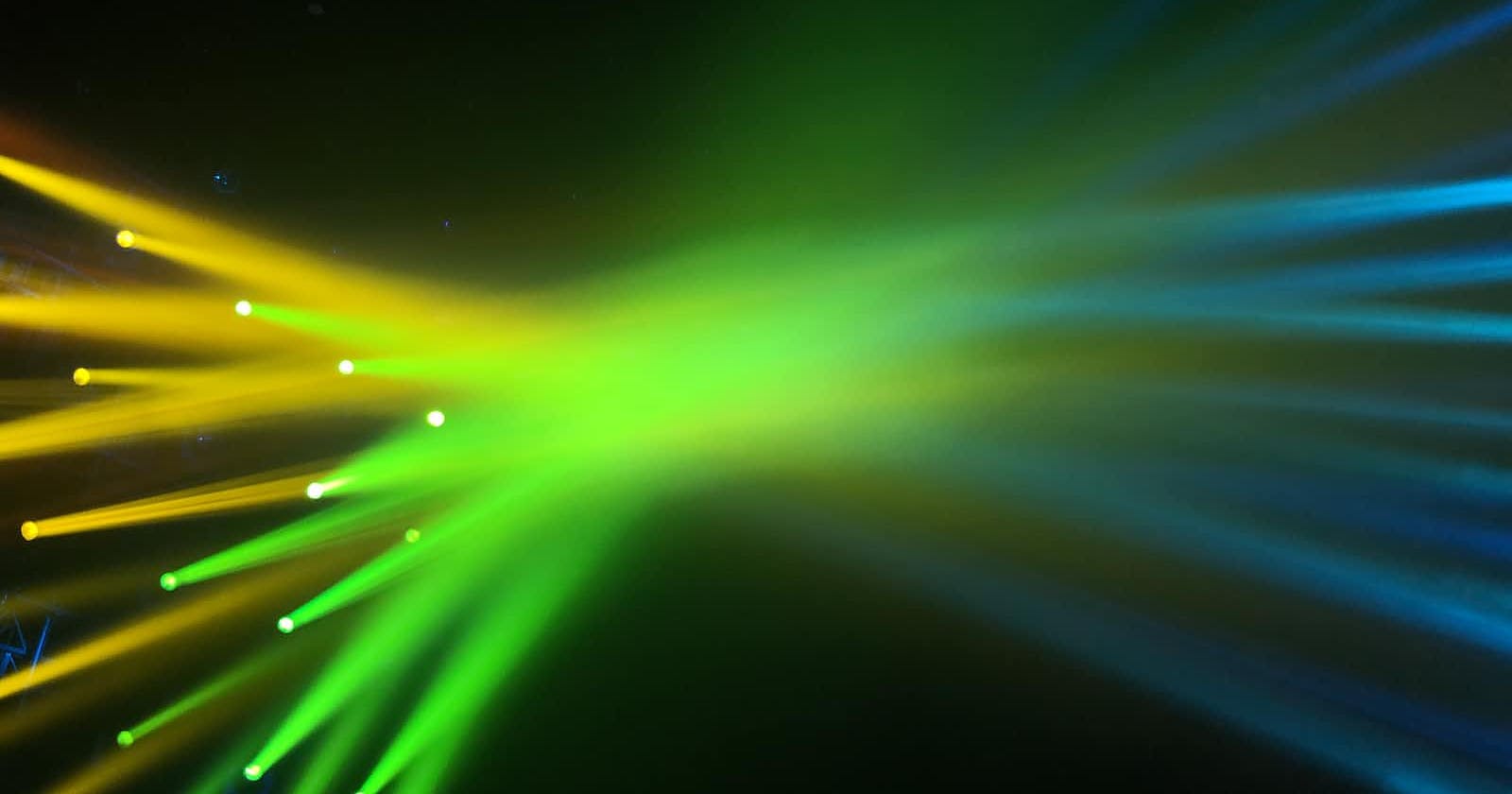Web 3.0, which is popularly called Web 3, is the next evolution of the web. It is characterized by the use of decentralized technologies, such as blockchain, to create a more open and secure internet. Web3 addresses the issue of privacy and personal data, which has become a problem. Participants in Web 3 will have complete control over their content, data, and assets. It symbolizes a democratized Internet, one that is run by users for the benefit of users. In this article, we will explore some of the new possibilities that Web3 offers and how it can change the way we interact on the internet.
Traditional web applications rely on centralized servers to store and process data. This means that the data is controlled by a single entity, such as an organization or government. With dApps, the data is stored on a decentralized network, such as a blockchain, which means that no single entity has control over it. This creates new opportunities for creating applications that are more open and transparent, and that cannot be shut down by any single entity.
One example of a dApp that is already being built on the Web3 stack is a decentralized marketplace. A decentralized marketplace is a platform where users can buy and sell goods and services without the need for a centralized intermediary. This means that the platform cannot be shut down by any single entity and that the transactions are transparent and secure. Decentralized marketplaces have the potential to disrupt traditional e-commerce platforms, such as Amazon and eBay, and create a more open and fair marketplace for all.
Another possibility of Web3 is the ability to create decentralized autonomous organizations (DAOs). A DAO is a decentralized organization that is run by its members, rather than by a central authority. Members of a DAO can vote on proposals and make decisions collectively, creating a more democratic and decentralized way of running an organization. DAOs have the potential to disrupt traditional organizational structures and create new possibilities for collaboration and decision-making.
The use of smart contracts is also an important aspect of Web 3. Smart contracts are self-executing contracts, with the terms of the agreement between buyer and seller being directly written into lines of code. These smart contracts can be stored and replicated on a blockchain network. With the use of smart contracts, the whole process of contract execution can be automated, reducing the need for intermediaries and making the process more efficient and secure.
Additionally, Web3 also enables the use of non-fungible tokens (NFTs), which are unique digital assets that cannot be replicated or replaced. These tokens can be used to represent ownership of a digital asset, such as an artwork or a collectible. NFTs are built on the blockchain and can be used to create new possibilities for the digital ownership and representation of assets. This technology has the potential to revolutionize the way we think about ownership of digital assets and can create new opportunities for artists and creators.
The possibilities of Web3 are endless and are still being explored. However, it's worth noting that Web3 is still in its early stages, and there are still many challenges to overcome. One of the main challenges is scalability, as current blockchain networks are not yet able to handle the high volume of transactions required for mass adoption. Additionally, there is a lack of understanding and knowledge about the technology among the general public, which makes it difficult to create widespread adoption.
In conclusion, Web3 is the next evolution of the internet, and it offers new possibilities for creating decentralized applications, decentralized autonomous organizations, smart contracts, and non-fungible tokens. These possibilities have the potential to disrupt traditional business models and create a more open and secure internet. However, there are still challenges to overcome, such as scalability and a lack of understanding, but as the technology and its applications continue to evolve, we can expect to see more widespread adoption of Web3 in the future.
It's important to note that the decentralized nature of Web3 opens up new opportunities for privacy and security, as data is not controlled by a single entity and is spread across the network. This makes it harder for hackers to access and steal personal information. Additionally, with the use of smart contracts, Web3 can also create new possibilities for transparency and trust in online transactions.
As Web3 continues to grow and evolve, we can expect to see more innovation in the field of decentralized finance (DeFi), which uses decentralized platforms and smart contracts to create new financial services and products. DeFi has the potential to disrupt traditional economic systems and create more accessible and inclusive financial services for everyone.
In short, Web3 is a new and exciting development in the world of technology, and it offers new possibilities for creating a more open and secure internet. As technology continues to evolve and more people begin to understand its potential, we can expect to see more innovation and disruption in various industries. It's an exciting time to be a part of the Web3 community, and we can't wait to see what the future holds.


